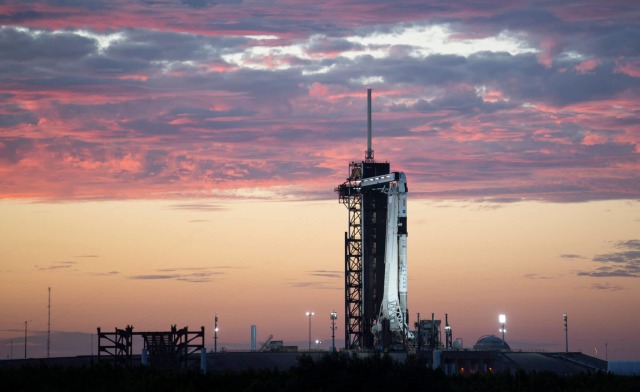The decision was expected for those who have been following the company's activities for a long time. But even many cosmonautics fans who didn't delve too deeply into SpaceX's development strategy were taken by surprise by this news. Production of Dragon ships has been completed, and now all flights will be carried out on an already created fleet of four reusable passenger capsules.
About the end of the Dragon release, SpaceX President Gwynne Shotwell told [...] Reuters last night, March 28. According to her, the production of a number of components and parts will continue for the needs of post-flight maintenance. But the main forces of the team working onCrew Dragon, will now focus on the next generation ship — Starship.
Gwynn didn't say anything about the fate of the "sister" capsule — the cargo Dragon. To date, only two have been built, both are stably used to replenish the reserves of the International Space Station.
Now the SpaceX space fleet has six Dragon capsules of the second generation: a pair of Cargo and fourCrew. This is more than enough to fulfill all current and planned contracts. Dragon preparation for re-flight takes about three to four months, there is practically no difference between the manned and cargo versions in this process. Moreover, the technical capabilities of the ships are not fully used — instead of the design seven seats, they are certified for four astronauts (no more is required yet).
Interestingly, the following conclusion can be drawn from this news: the C212 Freedom capsule is ready and is being tested. The company has not yet officially announced the completion of its assembly. The first mission to be carried out by this ship is scheduled for April (Crew-4). During it, four astronauts will be delivered to the ISS to perform the 67th and 68th expeditions to the orbital laboratory.
There is another point important to fans, analysts and aerospace workers contained in this short message from Shotwell. It turns out that the work on the manned version of the Starship ship is moving from the preliminary — theoretical — to the practical plane. It is too early to draw conclusions about the timing of the development of the entire fully reusable next-generation rocket and space system. Now its first orbital launch is again in question.
Recall that the test launch of the Starship prototype was initially expected in late summer or autumn 2021, but regulatory approval made it wait. At first, the examination of the US Federal Aviation Administration (FAA) dragged on for more than a month compared to the stated deadlines, then the summing up of its results was completely postponed to the spring of 2022. Meanwhile, SpaceX did not waste time in vain and, until the flight permit was received, continued to work on the program.
It is now known that a new prototype will fly into orbit, and it will even have to bring out a test payload (a package of Starlink satellites). Moreover, this preliminary version of Starship will be equipped with the next generation of Raptor engines. Production of the first version ended after about 200 units were produced, almost all of which were used in ground bench or atmospheric flight tests.

